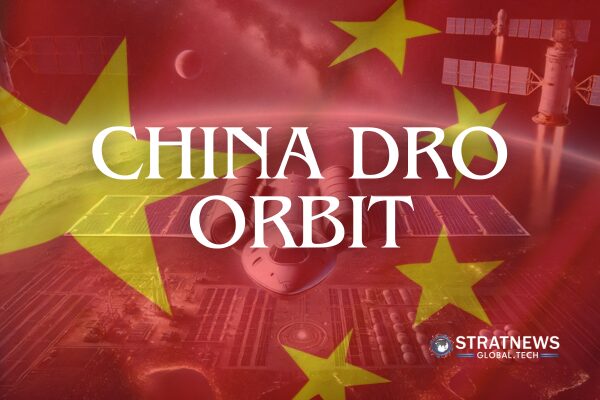A Milestone in Deep-Space Exploration
China has created the world’s first three-satellite network based on Distant Retrograde Orbit (DRO) in the Earth-moon region. This major step strengthens China’s future in space science and crewed deep-space missions.
The Chinese Academy of Sciences (CAS) developed DRO-A and DRO-B, which are now connected to DRO-L, a satellite launched earlier. These satellites form a stable communication network in orbit, which was announced during a symposium in Beijing.
DRO is a rare orbit that loops around Earth in a forward path and the moon in a backward path. It sits within the Earth-moon space zone, which stretches up to two million kilometres from Earth. According to Wang Wenbin from CAS, DRO offers excellent stability and low fuel needs, making it ideal for long-term missions and building space infrastructure.
Overcoming Setbacks With Precision
DRO-L was launched on 3 February 2024 into a sun-synchronous orbit to begin tests. On 13 March 2024, DRO-A and DRO-B launched from Xichang in China’s Sichuan Province. However, the mission faced a setback when a rocket stage failure sent the satellites off course.
Despite this, the satellite team performed several emergency manoeuvres, guiding the satellites back on track. After travelling 8.5 million kilometres, the pair reached their target orbit and were separated on 28 August 2024.
Once in place, DRO-A and DRO-B created a K-band microwave communication link with DRO-L. This success tested the networking of all three satellites and marked a technological breakthrough.
Breakthroughs in Navigation and Energy Use
DRO-A now remains in DRO, while DRO-B moves through Earth-moon space orbits. Their success highlights China’s progress in autonomous navigation and deep-space fault recovery.
CAS first started exploring DRO in 2017. By 2022, they had launched a plan to build this satellite network. One key achievement was reaching DRO using just 20% of the fuel typically needed, thanks to an efficient design.
The team also proved that satellite communication and measurement can succeed over 1.17 million kilometres. This helps lower the costs and improve the accuracy of deep-space missions.
Instead of relying solely on ground stations, the team introduced a new method—using satellites to track other satellites. This shift turns ground tracking into a space-based system, opening new doors for Earth-moon and deep-space exploration.
China’s Future Research Goals
Next, China’s researchers plan to study more orbit types in the Earth-moon area and investigate lunar space conditions. With DRO’s stable environment, they aim to conduct long-term scientific research, including work in quantum mechanics and atomic physics.
with inputs from Reuters


